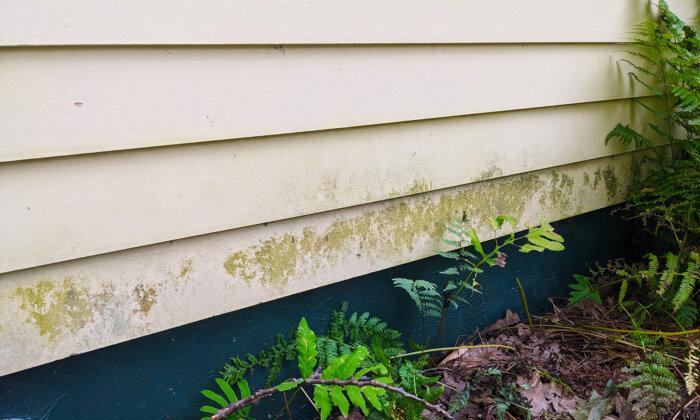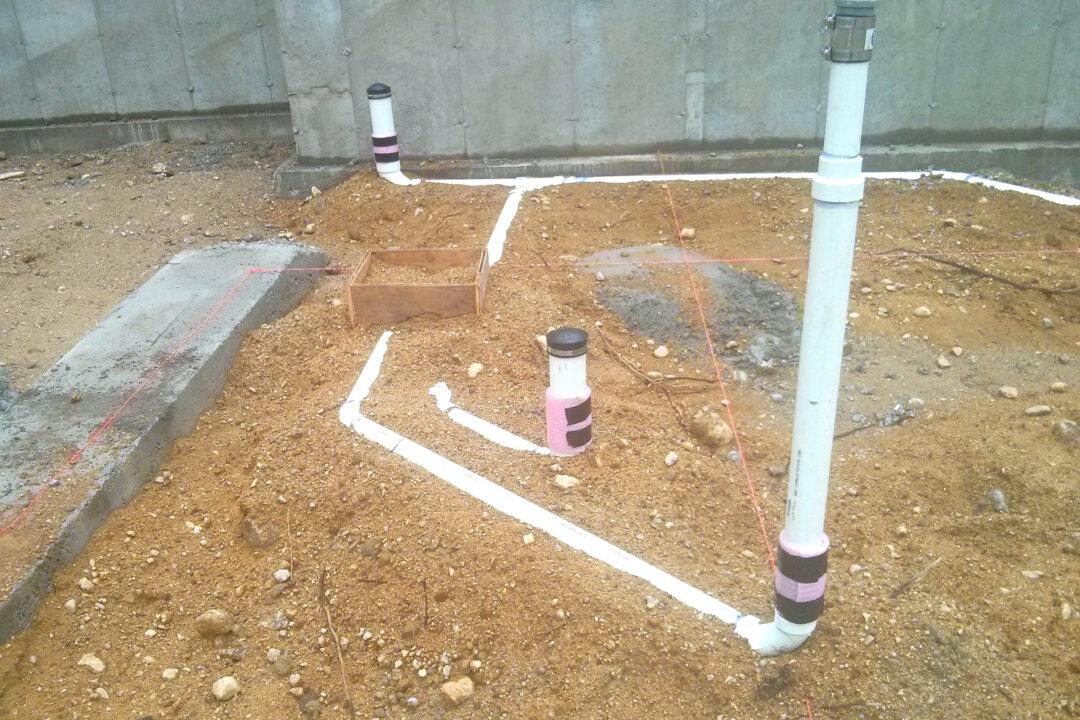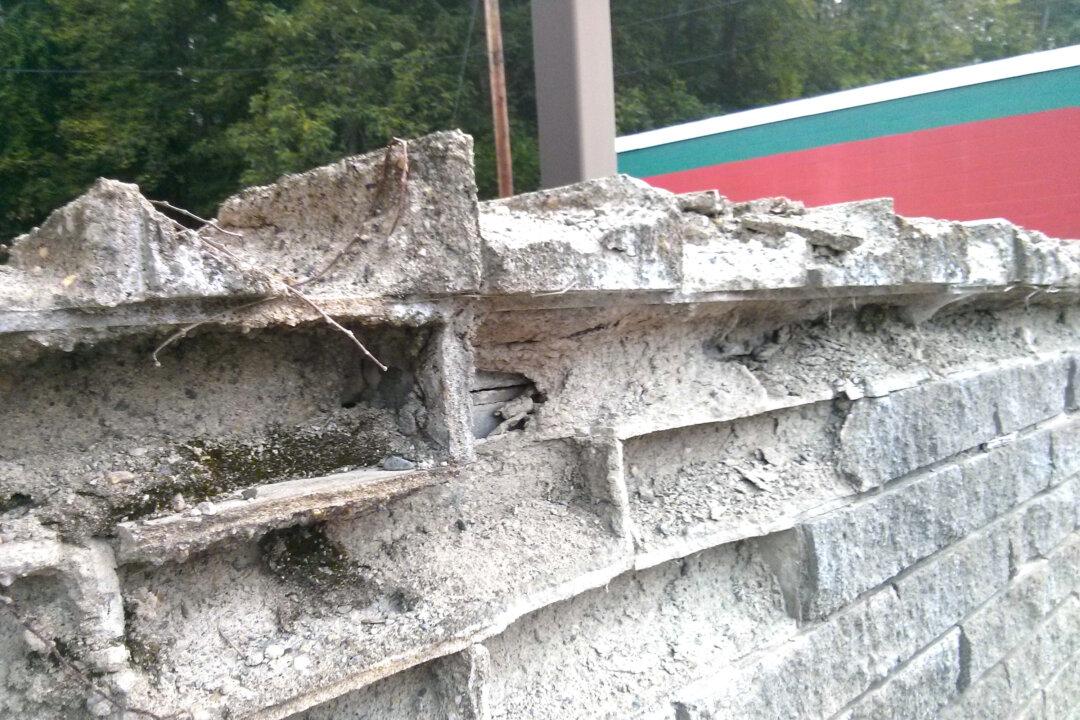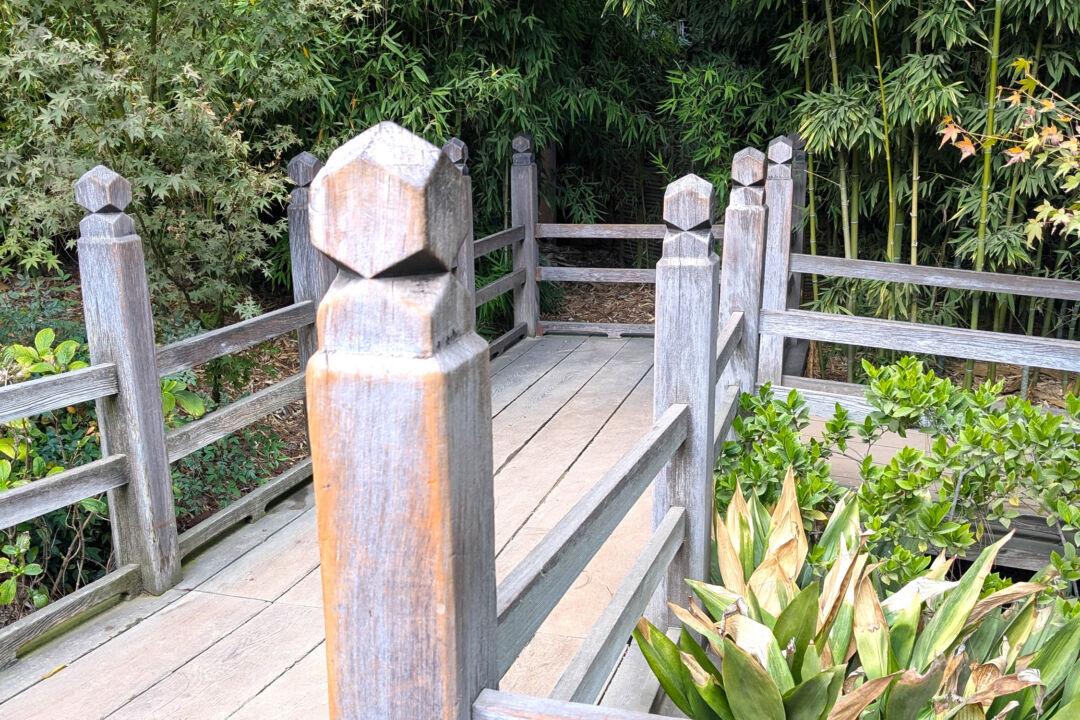Here’s what he wrote: “My vinyl-sided home has a northern exposure that gets an algae-like film on it. It gets dark enough that I have to power wash it every year. What’s really confusing is that the south side of the house, the sunny side, doesn’t have this problem. With one-foot eaves, the north side never gets any sun. The south side gets diffused sun shade by honey locust trees. Do you have any idea what causes this?”
It just so happens that I know exactly what’s going on. In fact, I have this exact same problem at my home in central New Hampshire. You may have the problem, too, unless you live in a very dry and arid location.
Algae, mold and mildew are quite similar to fire. You may think that’s an odd analogy. To create a fire, you only need three things: fuel, oxygen and heat. That’s it, nothing more.
For algae, mold, and mildew to thrive, they just need three things—and sometimes just two! Typically, some algae, mold and mildew need: the spores, food and water. There are some algae that create their own food and only need carbon dioxide and water to create their own food.
It’s far easier to control the growth of the three organisms inside than outside. I say this because inside your home, you often can minimize the presence of water. You have mold and mildew spores everywhere in your home, and food sources are abundant. Add water and in a short amount of time you’ll have mold and mildew proliferating.
You may struggle with mold and mildew in your tub and shower area. You can prevent it from growing with some effort. All you have to do is to dry the tub and shower walls and floor each time you get them wet. I know that’s a huge ask. Most people will never do it. At the very least, squeegee as much water to the drain, shake off the shower curtain, and leave the shower door and shower curtain open as well as the bathroom door to get everything to dry out as fast as possible.
Controlling algae, mildew and mold growth outdoors is very hard. You can’t control the water part of the equation. Rainfall, dew and water vapor coming up out of the soil provide a nearly constant supply of water.
As Jerry observed, he has no algae on the south side of his house. He recognized that the sun’s rays hit that wall. The small amount of sunlight in the morning and early part of the day is enough to evaporate any dew or fine dew haze that’s on the siding.
All Jerry has to do to prevent the growth of algae, mold and mildew is to take the food away from the growth triangle. Your body is no different. If you don’t want to have offensive body odor and filth on your skin, you typically have to take a shower each day. You rub your skin with soap and water to remove the bacteria that create body odor. That same soap and mechanical agitation of your skin with your hand gets rid of dirt.
Jerry just needs to increase his cleaning schedule from once a year to possibly three or four times a year. Here’s what not to do. Avoid using chlorine bleach outdoors in an effort to clean or kill the organisms. Chlorine bleach will poison any valuable landscaping or prize trees in your yard.
Years ago, I advised a neighbor against using bleach. Each spring she’d pour three gallons of chlorine bleach on her concrete patio to remove the algae. She had a magnificent maple tree overhanging the patio that provided much-needed shade. I said, “Barbara, the chlorine bleach will kill the tree.” She thought I was dumber than a box of rocks. After all, I was just a blue-collar builder.
Each year the tree got sicker and sicker. She spent thousands of dollars with an arborist trying to feed and care for the tree. I often wondered if Barb told the professional about her chlorine treatments. My guess is the arborist never thought to ask.
After about 10 years, the arborist came out with his chainsaws and crew and cut the tree down.
When you go to clean the outside of your home, just use regular liquid dish soap and water. Rub the siding with a sponge just as you’d wash your car. Avoid pressure washers because they can damage your home, and they don’t always remove all the dirt and food that feed the organisms.







